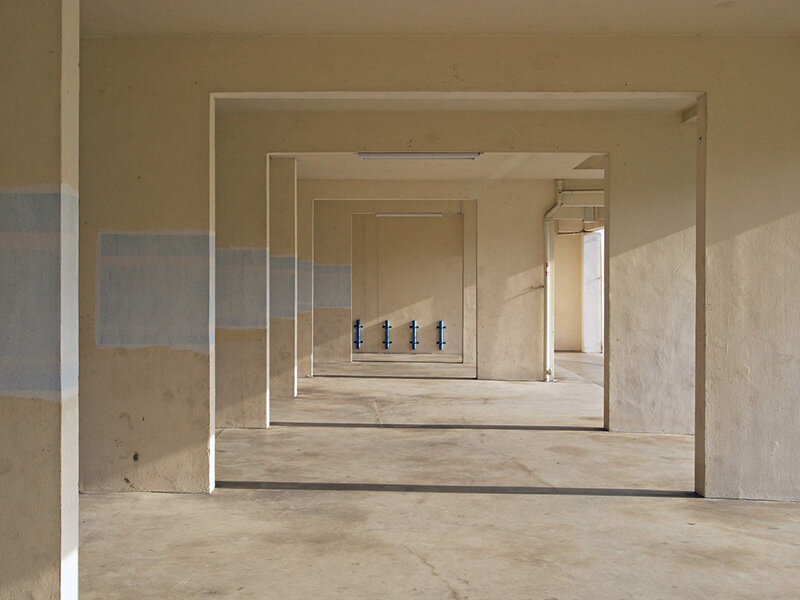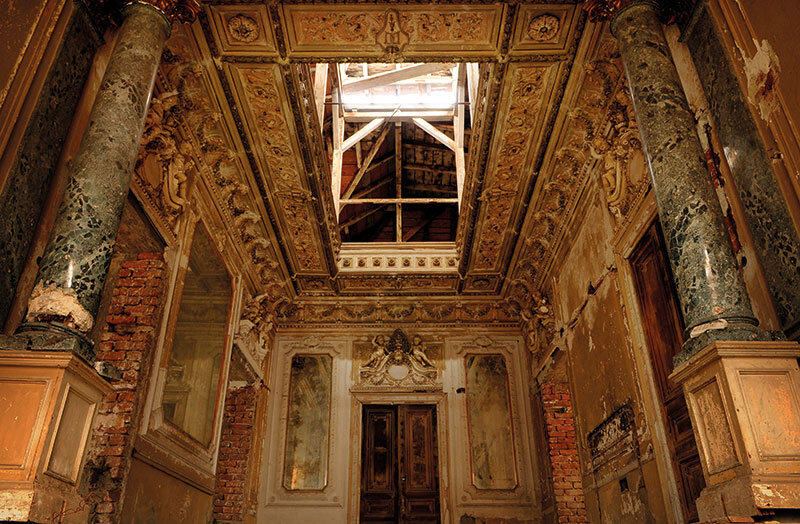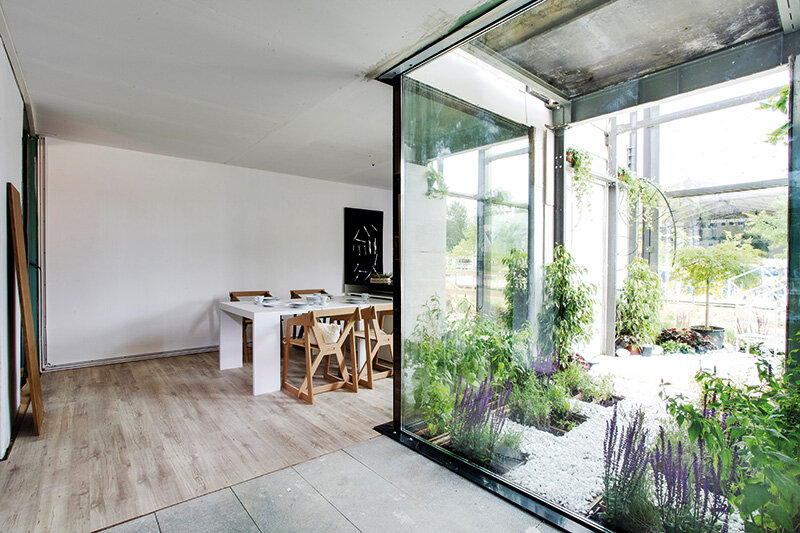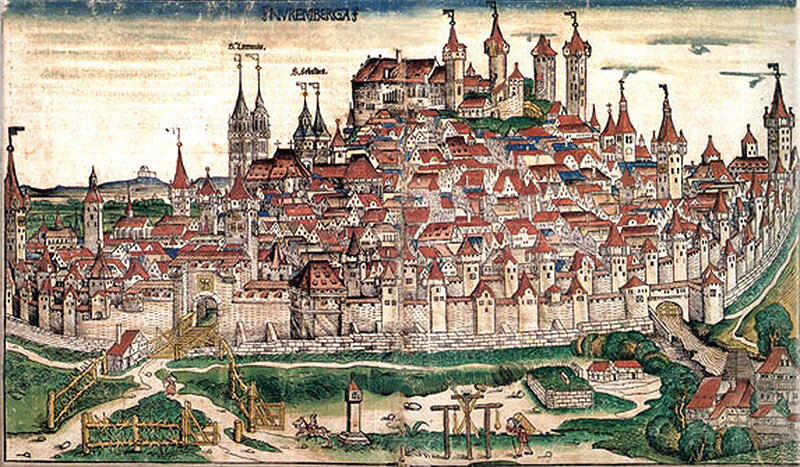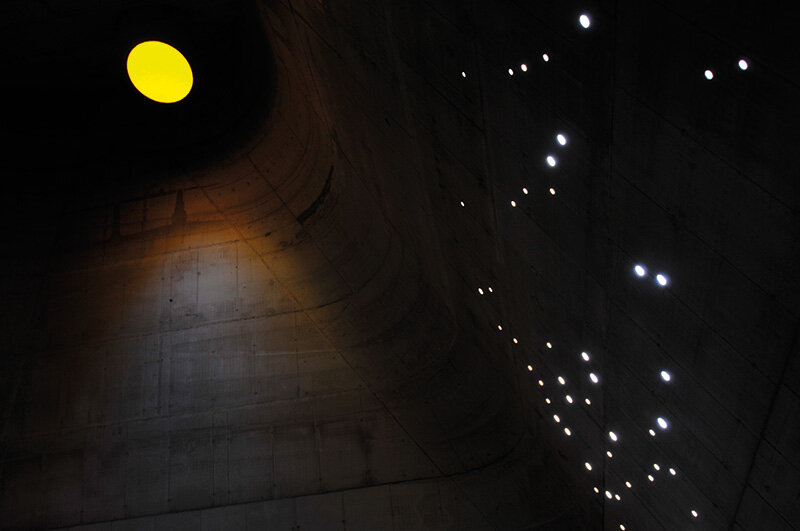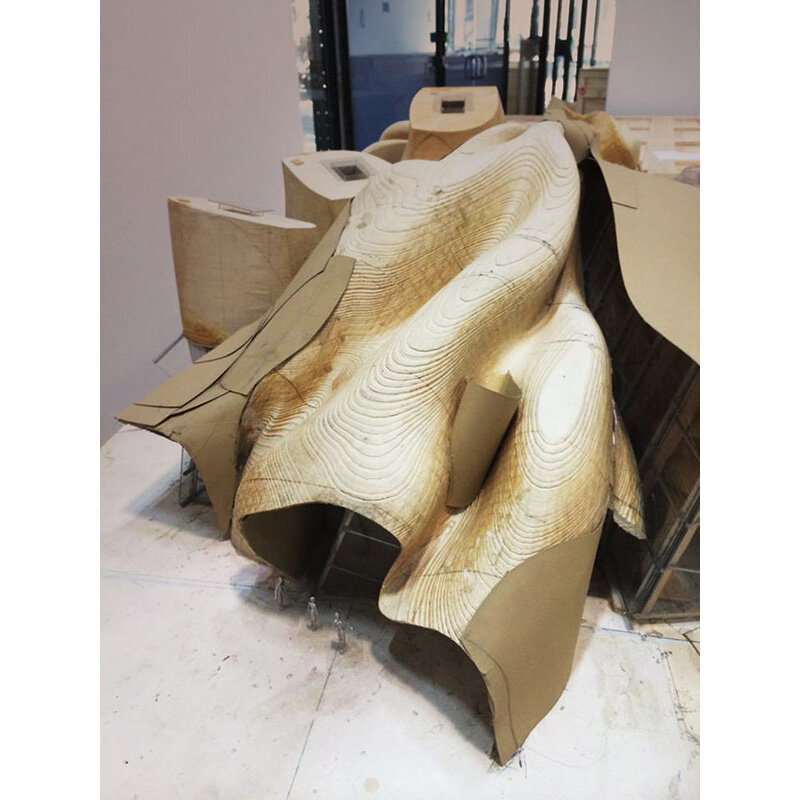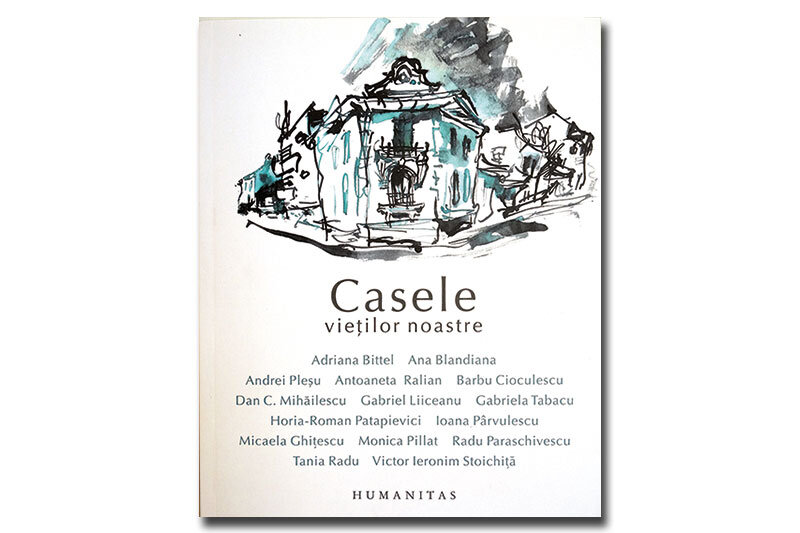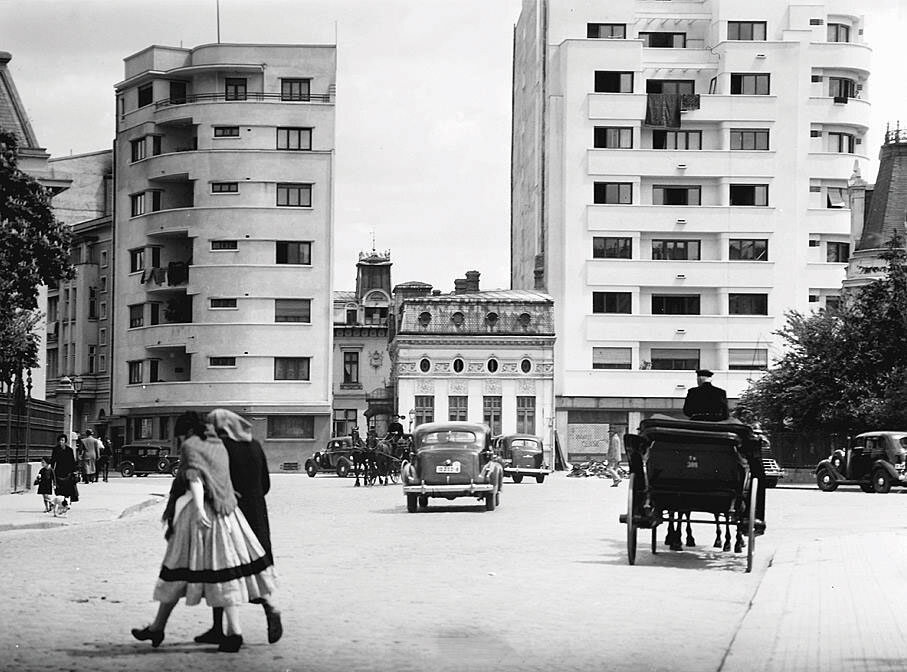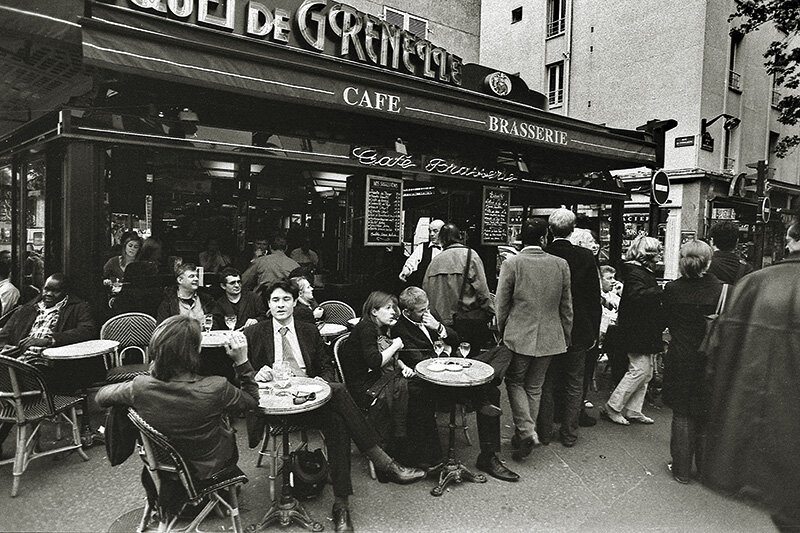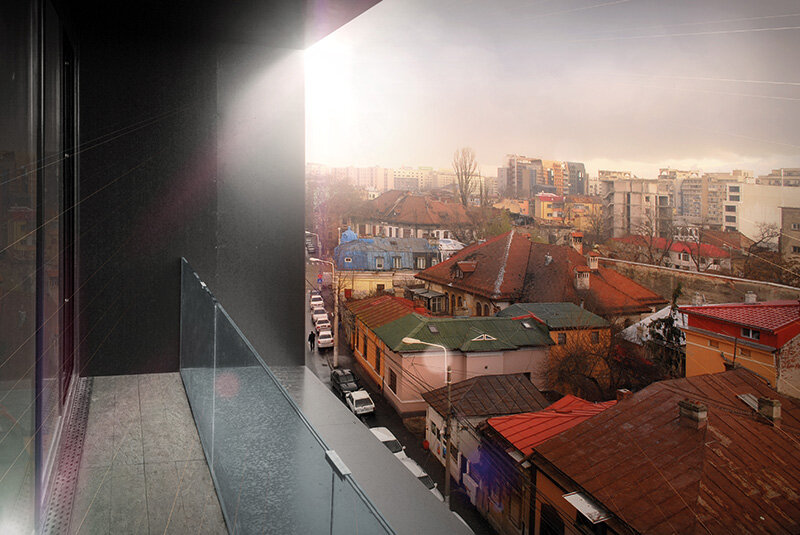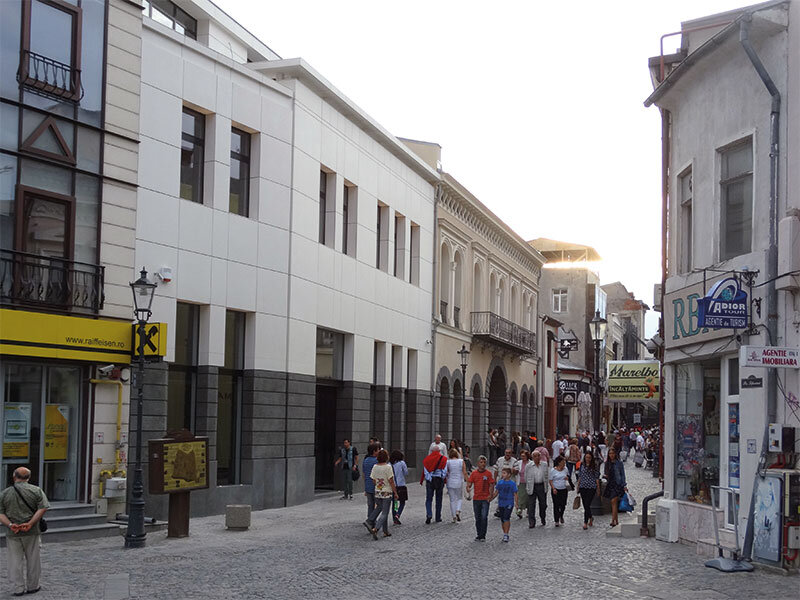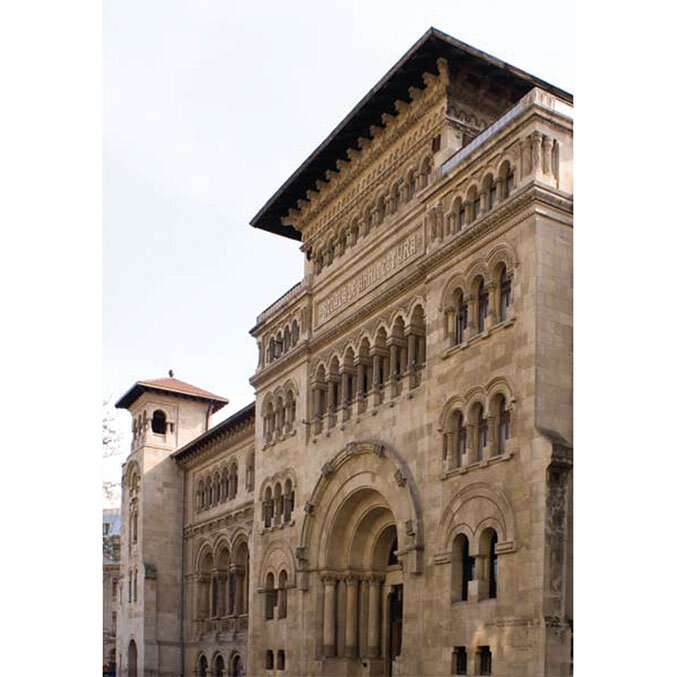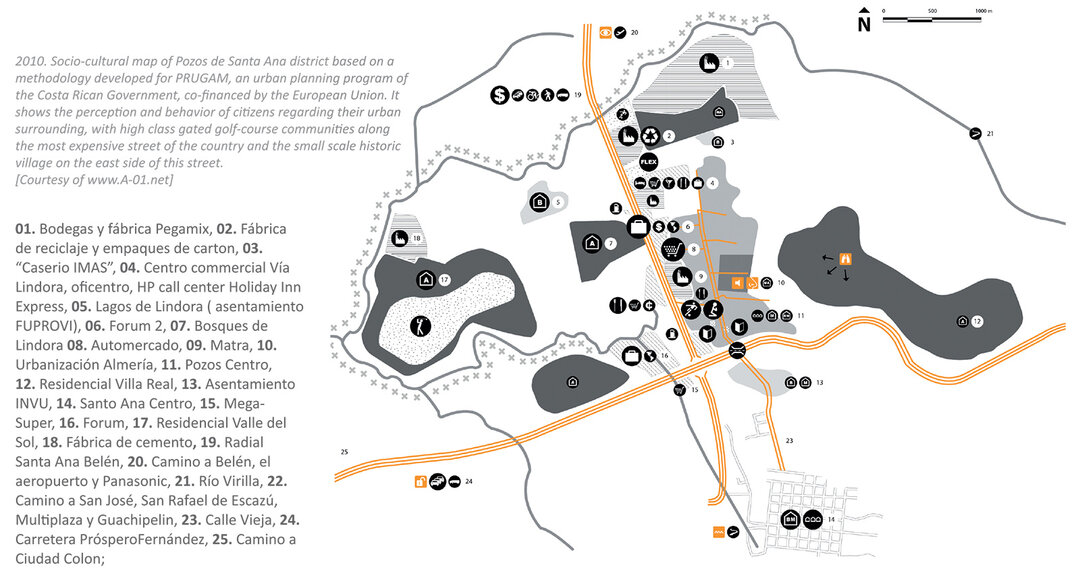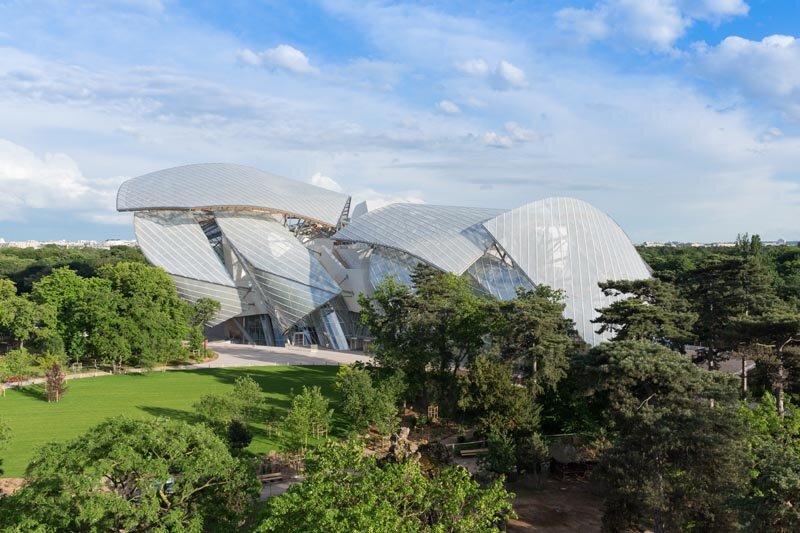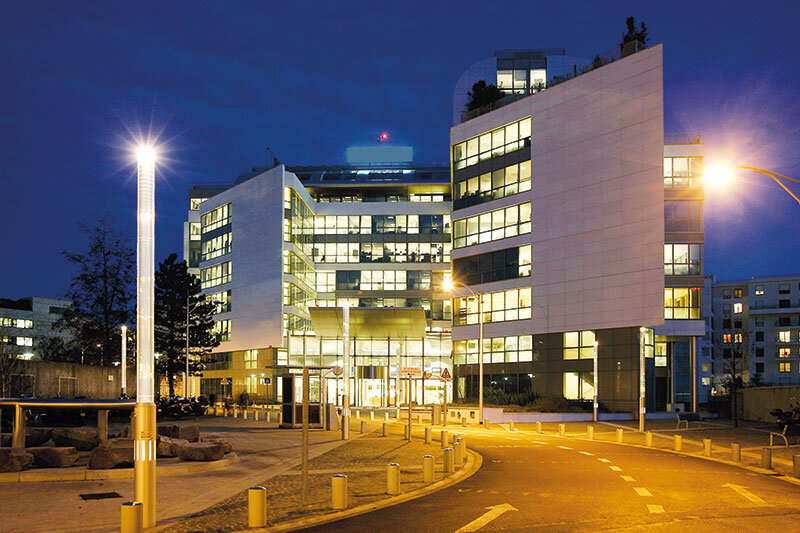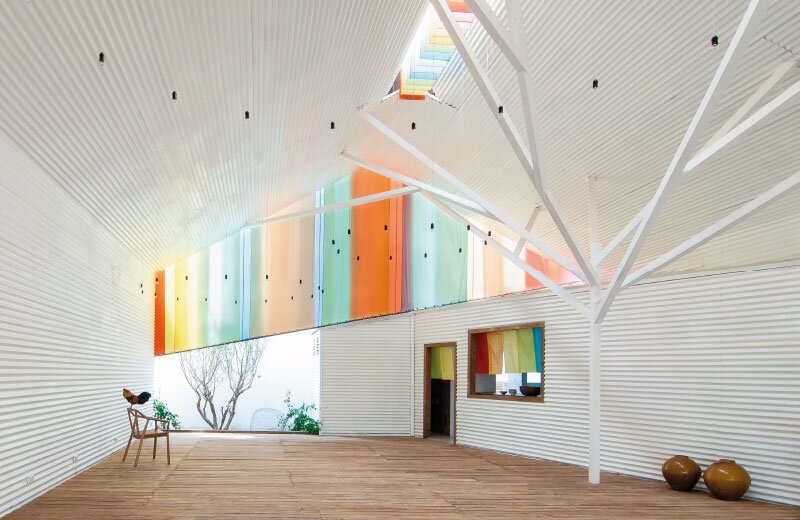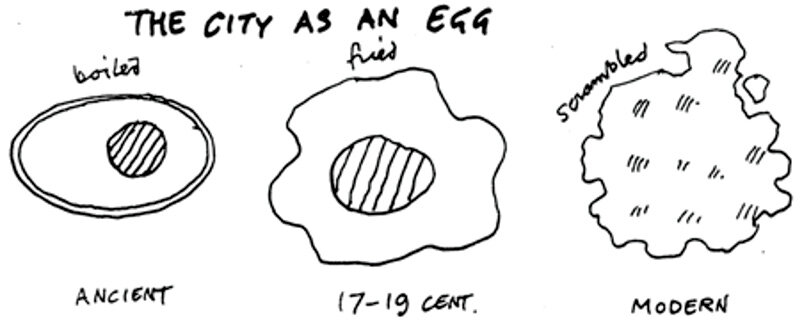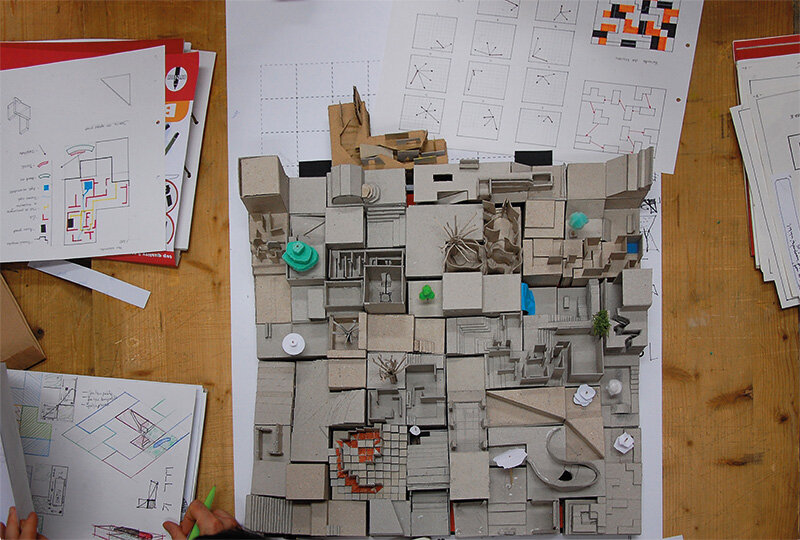
Lazarus' Blacksmith's forge - Rural regeneration in Șona
Currently underway in Șona, Brasov County, Rural Regeneration in Șona - traditional blacksmith's workshop, a project carried out by the "NegruVodă" Cultural Foundation Făgăraș in collaboration with the Sătească Șona Noastra Association and Galeria Posibilă, aims to develop a space with the function of a traditional blacksmith's shop, which will also host various cultural activities.
The recovery of a traditional craft, blacksmithing, discontinued in Șona about ten years ago, is a means of preserving the identity of communities that have the power to build spaces with cultural and historical values. The transmission of these values, through formal education programmes organized by multidisciplinary teams and addressed to interested cultural groups, actively contributes to their preservation and also paves the way for sustainable development. Also, through the involvement of the villagers, the Lazarus Blacksmith's forge in Șona receives and will continue to collect, by way of donation, blacksmith's objects and tools to be exhibited in the forge. The museum space thus conceived will strengthen the cultural-educational and social role of the blacksmith's forge by capitalizing on its intangible heritage.
Located in the centre of the village, the blacksmith's forge is in the process of being revitalized.
I had the opportunity this summer, over a period of ten days, to document the work stages of the blacksmith's shop redevelopment project, with access to the site and direct discussions with the team of construction workers. After drawing up the technical design of the interventions, work began on the fitting out of the forge.
The stripping of the roof sheathing started from the ridge to the eaves, first with the removal of accessories such as ridge tiles, followed by the removal and dismantling of the partially cracked but still in generally good condition ceramic sheathing. The roofing was dismantled from the outside to the inside of the building, starting from the highest elevation.
The draft survey found that the elements making up the timber truss roof are partly in good condition, some rafters having been replaced in earlier work. Incorrectly rafters or undersized rafters positioned in the transverse direction of the construction were replaced. With care not to affect the strength of the construction, the natural timber beams supporting the timber framing, which had been damaged in large numbers, were also removed.
The dismantling of the frame and the roofing, in accordance with the provisions of the specialized documentation and the specific solutions, aimed both at recovering the wooden elements and reconditioning them. The roofing materials, part of the building exposed to numerous stresses, were analyzed in terms of their degree of wear and tear with a view to possible recovery, reconditioning or partial or total reuse. They were properly transported and stored so as not to degrade. At this stage, we helped out too, myself together with 17 village children who took part in the interactive workshop on architecture that we held in Shona this summer.
The stone and brick masonry walls were cleaned by removing layers of old plaster, both on the inside and outside. The white and burgundy colored roughcast plaster had extensive areas of visible cracking, areas of dampness, particularly in the joists, intrusive vegetation and even areas of fallen plaster. This resulted in clean surfaces of stone and brick masonry with further removal of damaged masonry mortar. The stripping of the plaster brought to the surface traces of cracks in the brick masonry, which required repointing.
The following steps lead the project of the ironworks in Șona to the chosen road. The connection between the two spaces of the building, the blacksmith's shop and the exhibition area, was created by opening a door opening in the interior wall. The wooden formwork was prepared for the pouring of the reinforced concrete belts. Excavations for the future rill prepared the space for pouring the concrete and installing the wooden cover over which the traffic will be able to circulate. All stages of the work were carried out in compliance with labor protection regulations.
Involved in the landscaping work, I have seen how the local community of Șona is learning to take part in projects like this, which is commendable, as traditional societies must be able to be involved in saving the memory of the place by redefining and preserving it and, furthermore, by passing it on to future generations. It is the villagers who are best placed to identify the cultural values of the community in which they live, and their involvement is therefore important in recovering the traditional and keeping alive the local identity that has developed alongside them.
In his frequent visits to Șona, the artist Ștefan Câlția encourages the villagers and makes a significant contribution to sensitizing the community to the preservation of tangible and intangible heritage that can save the close link between arts, tradition and ways of life. This was also shown to me during my collaboration with Galeria Posibilă and Ștefan Câlția in the project Loc. School of Looking Home, which, after a good start last year, continued with a new edition this summer in Șona. In the discussions organized with and for the villagers of Șona, in addition to the museum Loc with things from the past, initiated by Ștefan Călția in 2013, Lazarus' Blacksmith's forge has now been added as the next important project for the community.
The project Rural regeneration in Șona - traditional blacksmith's workshop fulfills the necessary requirements for the approach of a strategy plan with the ultimate goal of hosting cultural actions and, moreover, of encouraging the Șoners, as first beneficiaries, to capitalize and promote their wealth.


